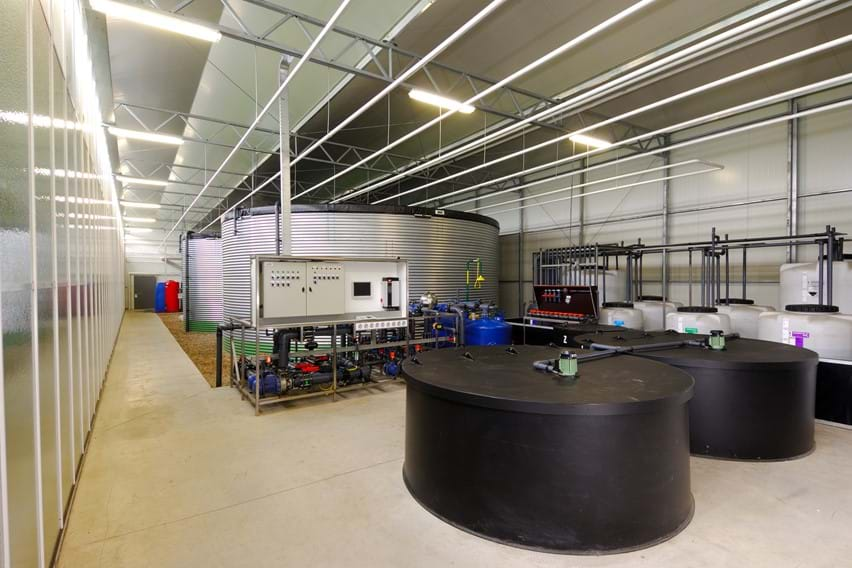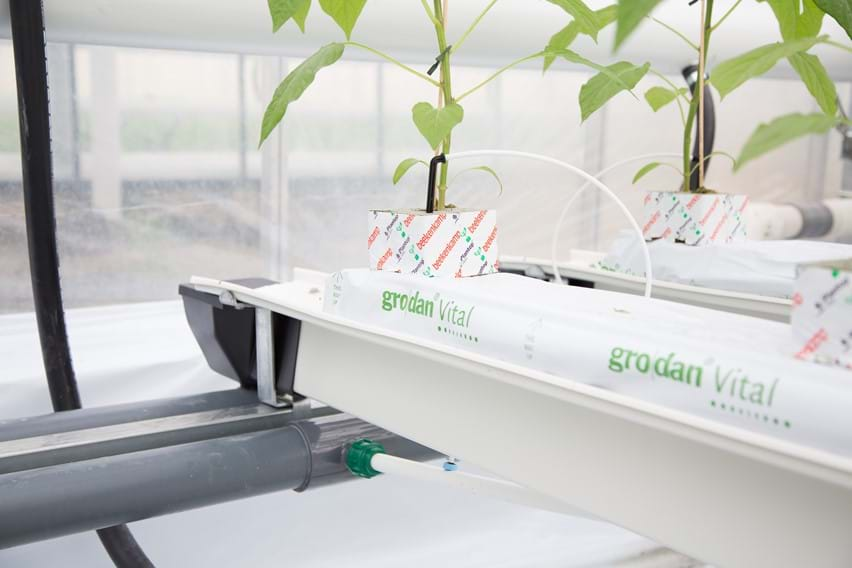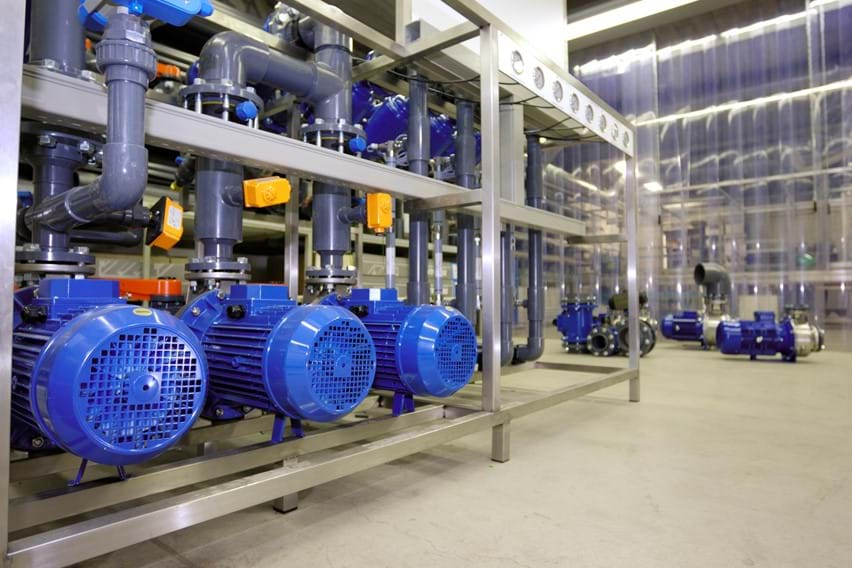Water saving
The rapidly growing population of the Earth requires enhanced agricultural innovation to scale up production with limited resources. Greenhouse cultivation reduces water consumption as compared to open-air farming. There are four primary reasons: 1) plants lose less water through evapotranspiration, due to the decreased wind, increased humidity, and regulated temperature in the greenhouse environment, 2) drip irrigation systems improve the efficiency of water usage, 3) crops are spaced more closely, thus reducing water wastage, and 4) the crop cycle in a greenhouse is typically shorter than in the open-air, resulting in less water used over the entire growing season.

Efficiency is the key
Water technology is vital in the horticultural sector. A precise and sophisticated greenhouse water system is a prerequisite for optimal crop growth. Proper water quality is essential; it must be in good condition and safe to use. A greenhouse water system adjusted to the condition of the crops, type of substrate and the internal and external factors ensures optimal crop growth, which in turn is reflected in production output.

Water is the driving force of all cultivation
Water supply is of eminent importance for greenhouse horticulture. The water engineering systems not only include the water irrigation pipes, but also the water storage systems, water treatment, recirculation, fertilising units and water transport systems. All possible requirements and needs can be integrated into the water management plan to ensure that the crops reach their full potential.

Recirculation
Water is a scarce commodity, as greenhouse growers know all too well. Growers today have a broad selection of materials and systems at their disposal, which enable them to use water efficiently and which are cost effective at the same time. Greenhouse recirculation is one of the available options designed to use water efficiently. Recirculation, also referred to as a closed water system, involves re-using drainage water. The drainage water is purified by means of UV lighting or heating. The recirculation system also yields significant cost savings in terms of fertilisers.
